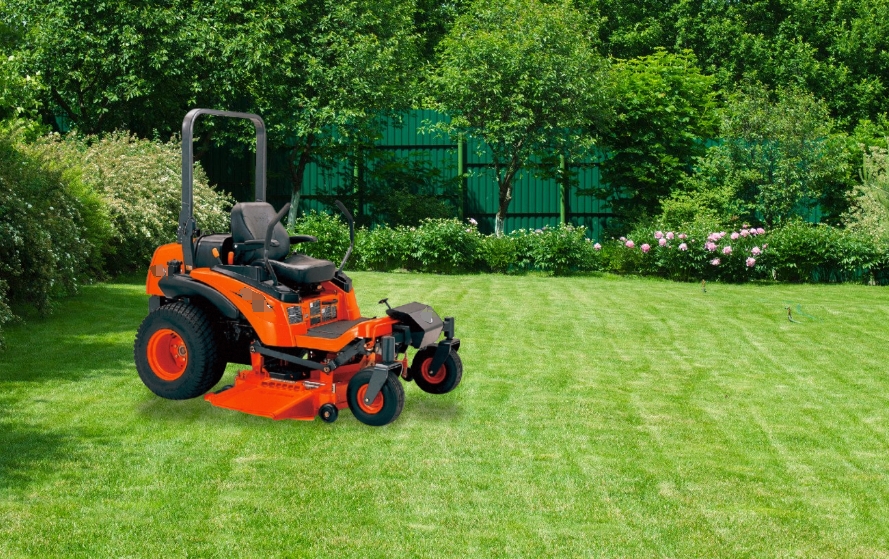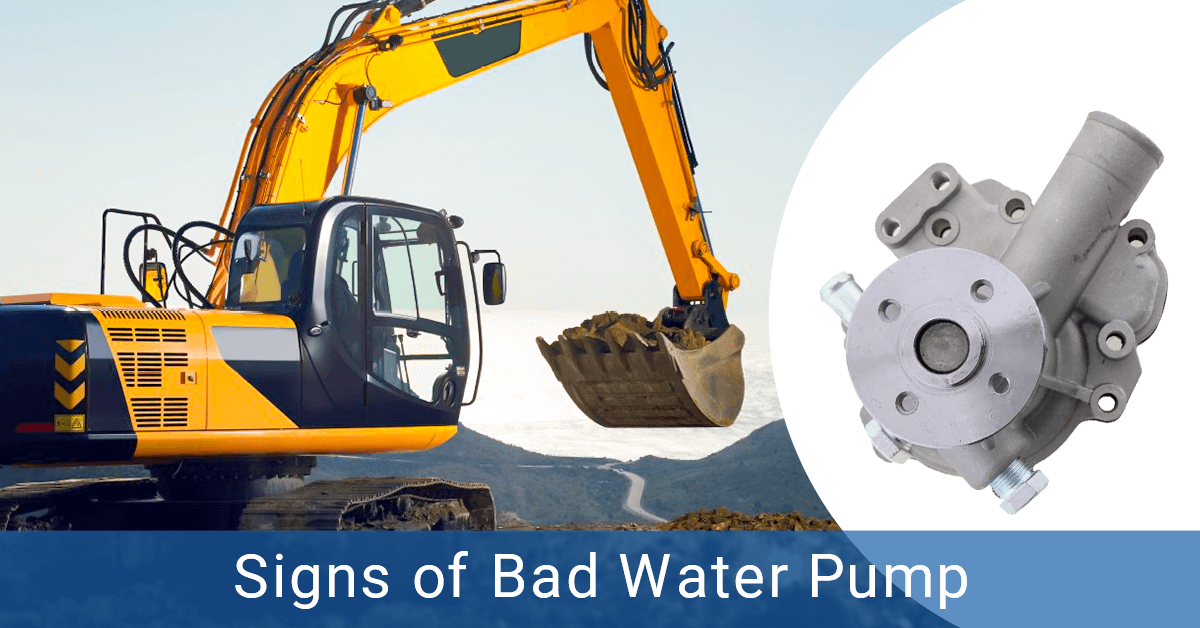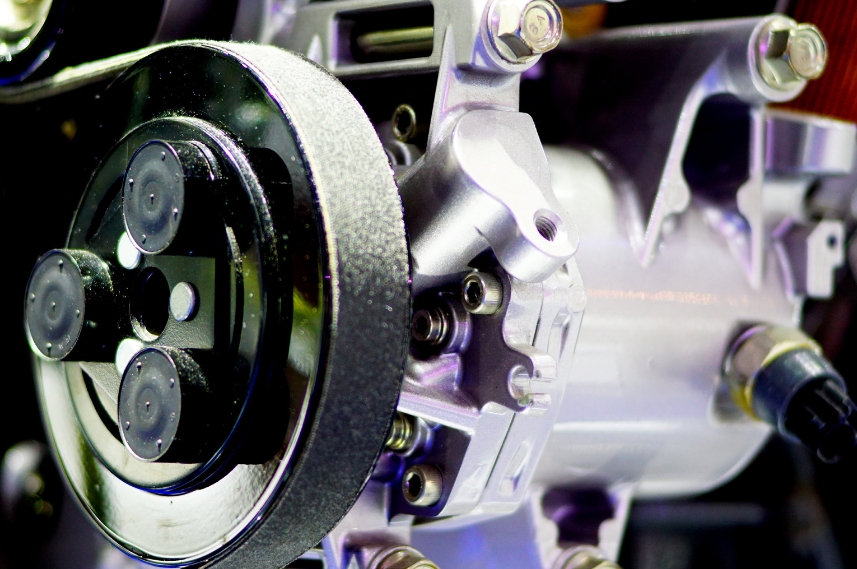Hydraulic systems are widely used in agriculture and construction industries, from lifting heavy loads to demolishing buildings. Heavy equipment hydraulic systems typically consist of a hydraulic reservoir, hydraulic pump, hydraulic filter, hydraulic hoses, and cylinders. These systems convert fluid pressure into mechanical power.
To ensure the reliable operation of hydraulic systems, it is essential to keep hydraulic filters clean. This allows them to effectively remove contaminants from hydraulic oil. In this guide, we will explore the importance of hydraulic filters, how to recognize when to replace them, and the correct steps for replacement.
Why hydraulic filter is important?
The hydraulic filter acts as a guardian for the hydraulic system. It removes contaminants from hydraulic oil, such as dirt, debris, metal particles, and other impurities, preventing them from circulating in the system. If left unchecked, these contaminants can cause severe damage to the system, leading to reduced efficiency, increased wear, and potential system failure. To protect the hydraulic system from particle contamination, it is crucial to replace the hydraulic filter regularly.

Types of hydraulic filter
In some large or complex hydraulic systems, multiple hydraulic filters are often used, such as in construction machinery, agricultural machinery, etc. It can enhance the filtration efficiency and reliability of the hydraulic system. Let’s have a look at these types.
Suction Filter – Installed at the inlet of the hydraulic pump, it filters the hydraulic oil entering the pump.
Pressure Line Filter – Installed at the outlet of the hydraulic pump or the inlet line of actuators, it filters high-pressure hydraulic oil.
Return Line Filter – The largest and most important filter in heavy equipment hydraulic systems, installed in the return line to filter hydraulic oil returning to the reservoir.
Bypass Filter- Installed on the bypass line of the hydraulic system, it provides continuous online filtration.
High-Efficiency Filter – Filter elements with β≥75, capable of filtering finer contamination particles.
Combination Filter – Integrates multiple filtering functions into one unit, such as suction and pressure filtration.
Cartridge Filter – Features a design with replaceable filter elements, making maintenance easier.
Steps to change a hydraulic filter
1. Preparation
Gather tools and materials: new filter, oil pan, wrench, gloves, cloth or paper towels, safety glasses, and the equipment manual (each filter may be different).
And wear protective gloves and glasses for safety.
2. Shutdown and Depressurize
Turn off the equipment and ensure it is not running. Locate the hydraulic system’s pressure release valve, release the system pressure, and allow the hydraulic oil to cool to avoid accidents during replacement.
3. Locate the Filter
Refer to the manual or equipment design to find the hydraulic filter’s location.
4. Clean the Surrounding Area
Use a cloth or paper towel to clean the area around the filter to prevent contaminants from entering the system.
5. Remove the Filter
Prepare an oil pan to catch any hydraulic oil that may spill. Carefully use a wrench to unscrew the old filter. Check the housing for signs of wear, contamination, or corrosion. Clean the housing with a clean towel, ensuring the seal area is clean.
6. Lubricate the Seal
Before installing the new filter, lightly coat the filter seal with hydraulic oil to ensure a good seal.
7. Install the New Filter
Hand-tighten the new filter until the seal contacts the mounting surface, then use a wrench to tighten it further (usually an additional 1/4 to 1/2 turn, as recommended by the manufacturer).
8. Check and Refill Hydraulic Oil
Check the hydraulic reservoir’s oil level and add hydraulic oil as needed to keep the level within the normal range. Some hydraulic systems may need to be bled to remove any air.
9. Start-Up
Restart the equipment and let the hydraulic system run for a few minutes. Check for hydraulic oil leaks around the new filter. If there are leaks, shut down the equipment and tighten the filter further.
10. Dispose of the Old Filter
Dispose of the old filter and waste hydraulic oil according to local regulations to prevent environmental pollution.
When to change the hydraulic filter?
The type, frequency of use, and environmental conditions of off-road machinery all influence the replacement frequency of hydraulic filters. If you notice signs such as oil leaks or a significant decrease in flow rate (indicating aging or severe clogging of the filter), it’s time for a replacement. If no such signs appear, it’s generally recommended to replace the filter every 1-2 years or every 1,000 to 2,000 hours of operation.
Conclusion
Regular maintenance of your hydraulic system is the most efficient investment in off-road machinery, and fortunately, no matter what type of equipment you have, you can find the right hydraulic filters at FridayParts. Our items fit your excavator, tractor, forklift, engine, loader, etc., check the hydraulic filter cost online.
As a reliable supplier of hydraulic filters, FridayParts has offered OEM-quality aftermarket parts for off-road machinery for more than a decade. And we have many sites’ sources, so you can get them at competitive price.







Leave A Comment